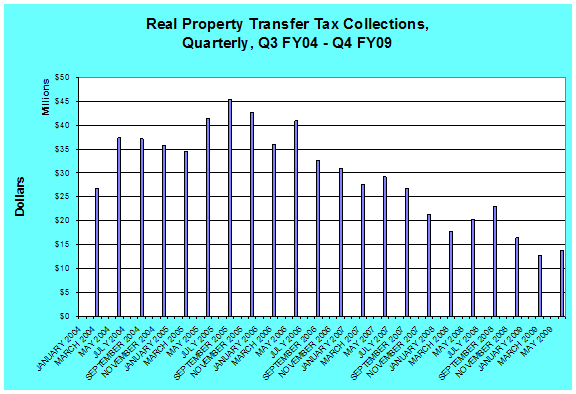Well, duh…
Unsustainable spending increase leads to budget deficit
- Tuesday, February 2, 2010
New revenue projections by the Economic Forum show that state revenues will not keep up with the growth in expenditures this budget cycle.
Is anyone surprised?
Over the past six years, the Nevada Legislature has increased real per-capita expenditures by more than 30 percent — even accounting for the much ballyhooed "cuts" in the current budget cycle. Yet, data from the U.S. Department of Commerce shows that real per-capita state GDP declined by 2 percent between 2005 and 2008. Who wants to bet that, when data for 2009-11 becomes available, it won't show the kind of increase necessary to justify a 30-percent-plus hike in state spending?
Perhaps no entity on earth has grown as fast as Nevada state government over the past six years. That should lead informed observers to wonder: What led to such explosive spending growth?
The answer, ironically, is revenues.
Sure, tax-and-spenders are now decrying the recent decline in revenues. Virtually every tax instrument is showing negative growth, which has the Economic Forum projecting a $580 million General Fund shortfall this budget cycle. The real culprit, though, is the revenue surge that resulted from the historic 2003 tax hikes and led to unsustainable increases in spending.
When legislators returned for the 2005 legislative cycle, they found that, as a result of the 2003 tax hikes, they would have an additional $1 billion-plus to spend. This surplus of revenues was greeted enthusiastically by lawmakers who saw an opportunity to extend their reach into previously unimaginable areas of spending and create entirely new programs. Thus ensued an expansion of the class-size-reduction program, an expansion of funding for the Millennium Scholarship program, expanded full-day kindergarten and various pork-barrel projects around the state. Lawmakers even found the time to increase salaries for state workers.
Overall, state spending increased by $273 in inflation-adjusted, per-capita terms between the 2003-05 and 2005-07 budget cycles. That level of increased spending has remained in place ever since. Real per-capita spending in the current cycle — despite all of the "cuts" — was budgeted at $275 higher than in the 2003-05 cycle. If 2003-05 per-capita spending levels were adopted for the 2009-11 budget cycle, total state spending would amount to $5.3 billion — a far cry from the $6.9 billion budget adopted by the legislature last year and still well within revenue projections. In fact, it would have closely mirrored the $5.1 billion spending plan outlined by the Nevada Policy Research Institute.
New revenues from the 2003 tax hikes combined with robust economic growth painted an overly optimistic picture for lawmakers, who pushed spending to unsustainable levels — leading directly to the Silver State's current fiscal crisis. What's more, a core element of the 2003 tax hikes specifically targeted the housing bubble as a revenue source. The real-property-transfer tax likely gave lawmakers a false sense of financial security by generating unrealistic revenues during the bubble period. That revenue stream now generates less than a third of the $45 million per quarter that it generated at its zenith.

The best option, from the standpoint of state taxpayers, would be for lawmakers to declare that the road to excess was a fun ride while it lasted, but that reality now compels them to return to the bounds of fiscal sanity.
Anyone want to play the odds on that happening?
A good starting point, as Assemblyman James Settelmeyer recently noted, would be to apply the "Last In, First Out" principle that was used in NPRI's Freedom Budget and start rolling back the newest spending programs first. After all, a return to just 2003-05 real per-capita spending levels would shave about $1.6 billion off the state budget.
The reality that should be recognized in Carson City is that budget deficits are inevitable when revenues do not keep up with spending — and that revenues cannot, when spending grows this fast. The way out of the fiscal crisis that lawmakers created is to cut back inflation-adjusted, per-person spending to levels that existed just six years ago.
That hardly seems like a Herculean effort. Yet, this is the same crowd that has repeatedly raised taxes during recessions. So, for them, the obvious is not necessarily a given.
Geoffrey Lawrence is a fiscal policy analyst at the Nevada Policy Research Institute.





